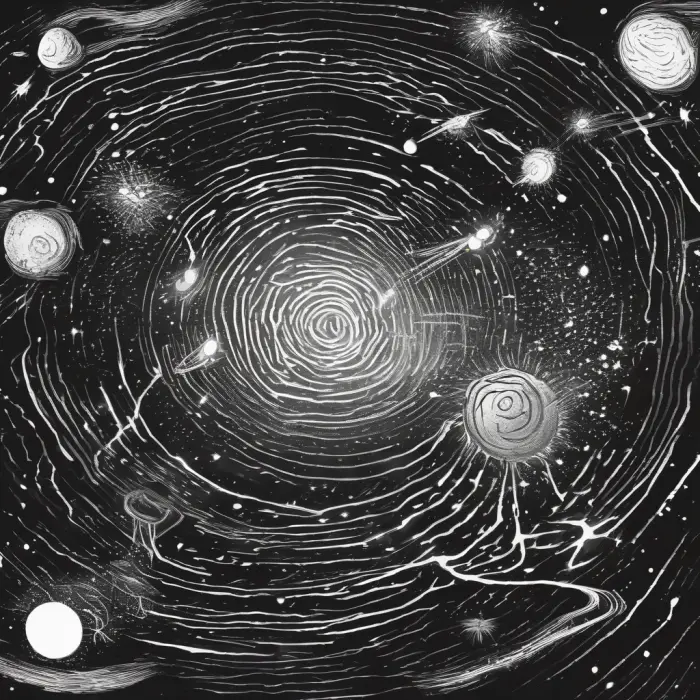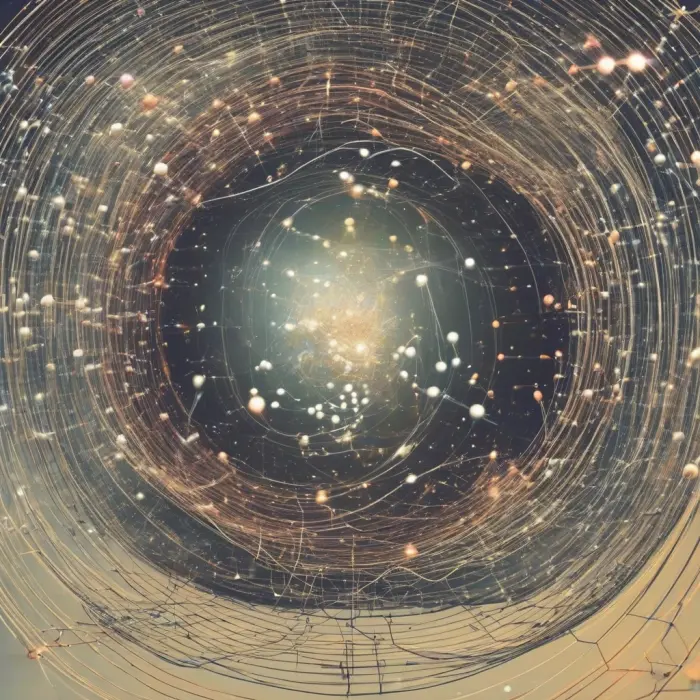Intriguing Facts About Ancient Astronomical Discoveries
Long before the advent of telescopes and complex scientific equipment, our ancient ancestors were already avid sky-watchers who made several astounding astronomical discoveries. Delving into the annals of history, we come across a plethora of fascinating insights and revelations about this early study of the cosmos.
Ancient Mesopotamians and Babylonians
The Ancient Mesopotamians and Babylonians, dating back to the 2nd millennium BCE, were the first known civilizations to actively engage in astronomy. They meticulously recorded astronomical observations on clay tablets. One of the well-known tablets, the Venus tablet of Ammisaduqa, dates back to the first millennium BCE and records the observations of Venus for a period of 21 years.
In addition, the Babylonians developed a mathematical system based on the number 60, which we still use today. This is known as Sexagesimal, and it is the basis for measuring time (60 seconds in a minute, 60 minutes in an hour) and angles (360 degrees in a circle).
Ancient Egyptians
The Ancient Egyptians developed their civilization around the annual flooding of the Nile, a phenomenon they discovered to be linked to the rising of the star Sirius, which marked the start of their calendar year. They also aligned their sacred monuments, like the Pyramids of Giza, to the north pole star, showing a keen awareness of their astronomical surroundings.
Ancient Greeks
Ancient Greeks made some of the most crucial early contributions to astronomy. The philosopher Anaximander (610–546 BCE) is credited with introducing the gnomon, a vertical rod used to measure the angle of the Sun, and thus, the passing of time.
One of the greatest astronomers of ancient Greece, Hipparchus, developed the first star catalog and is credited with the discovery of the precession of the equinoxes. He also calculated the distance from the Earth to the Moon and estimated the length of the lunar month with astounding accuracy.
Ancient Indian and Chinese Astronomers
Ancient astronomers in India developed highly sophisticated methods for predicting astronomical events, including eclipses. The Indian astronomical text, Surya Siddhanta, accurately calculates the diameters of the planets, their distances from the Sun, and the length of the Earth's revolution around the Sun.
Meanwhile, ancient Chinese astronomers were among the first to record supernovae (the explosion of a star) - their observations of a supernova in 1054 resulted in the creation of the Crab Nebula, which we can still observe today.
Mayans and Incas
The Mayans and Incas are known for their advanced astronomical systems. They constructed grand observatories and intricately detailed calendars. The Mayans predicted solar and lunar eclipses with accuracy, and the Inca city Machu Picchu contained an Inti Watana stone, designed to hitch the sun at the two equinoxes.
Astronomy in the ancient world was motivated by diverse factors from navigation, agriculture, and calendar making, to spiritual and religious reasons. They used simple tools, keen observation skills, mathematical calculations, and a deep appreciation for the mystery and beauty of the cosmos. The legacy of these early discoveries underscores the continuous nature of human curiosity and our ongoing quest to understand the skies above us.
By acknowledging these fascinating ancient astronomical discoveries, we recognize the compounding effects of centuries of observation, intuition, and intelligence to pave the way for modern-day astronomy and space exploration.










